Match the statements given in Column I with the oxidation states given in Column II. 
i−c,ii−a,iii−e,iv−b
i−c,ii−a,iii−b,iv−e
i−a,ii−c,iii−b,iv−e
i−e,ii−c,iii−b,iv−a
The correct Answer is:A
Step by step video, text & image solution for Match the statements given in Column I with the oxidation states given in Column II. by Chemistry experts to help you in doubts & scoring excellent marks in Class 12 exams.
Topper's Solved these Questions
- BOOK - NARAYNACHAPTER - D BLOCK & TRANSITION ELEMENTSEXERCISE - Level-IV (Multiple Answer)1videos
D BLOCK & TRANSITION ELEMENTS
- BOOK - NARAYNACHAPTER - D BLOCK & TRANSITION ELEMENTSEXERCISE - Level-I (H.W)60videos
D BLOCK & TRANSITION ELEMENTS
- BOOK - NARAYNACHAPTER - D BLOCK & TRANSITION ELEMENTSEXERCISE - Level-III43videos
D BLOCK & TRANSITION ELEMENTS
- BOOK - NARAYNACHAPTER - D - BLOCK ELEMENTSEXERCISE - CHECK YOUR GRASP7videos
D - BLOCK ELEMENTS
- BOOK - NARAYNACHAPTER - ELECTRO CHEMISTRY EXERCISE - EXERCISE - IV44videos
ELECTRO CHEMISTRY
Similar Questions
Match the statements given in Colunm I with the oxidation states given in Column II.
 View Solution
View SolutionMatch the statement given in Column I with the phenomenon given in Column II.
 View Solution
View SolutionMatch the statements/expressions given in Column I with the values given in Column II.
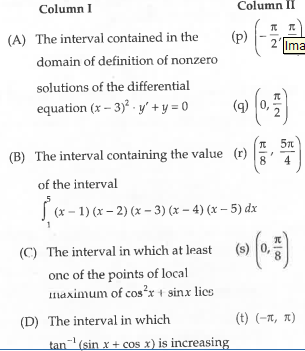 View Solution
View SolutionMatch the statements/expressions given in Column I with the values given in Column II.
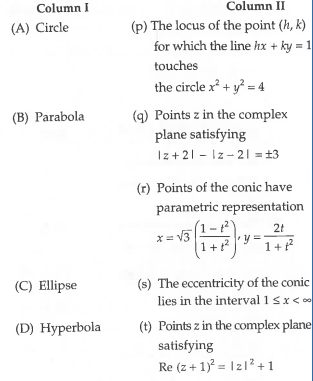 View Solution
View SolutionMatch the statements/expressions given in Column I with the values given in Column II.
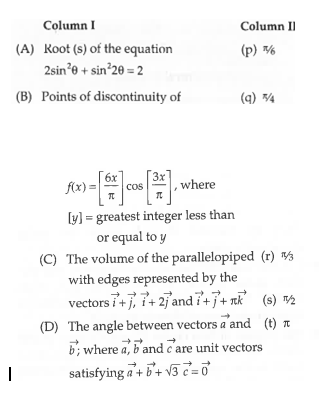 View Solution
View SolutionMatch the statements/expressions given in Column I with the values given in Column II. '
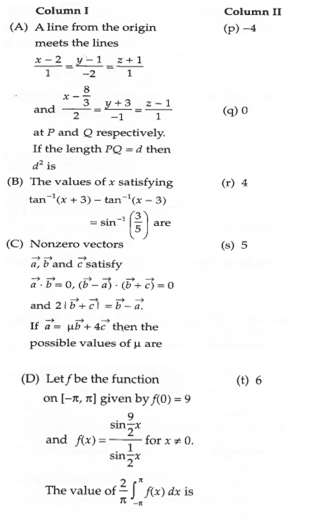 View Solution
View SolutionMatch the statements/expressions given in Column I with the values given in Column II.
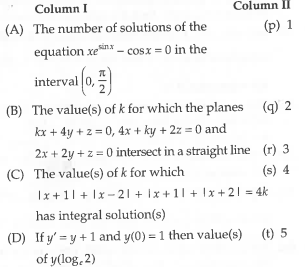 View Solution
View SolutionMatch the reactions given in Column I with the types of reactions given in Column II.
 View Solution
View SolutionMatch the terms given in Column I with the statements given in Column II
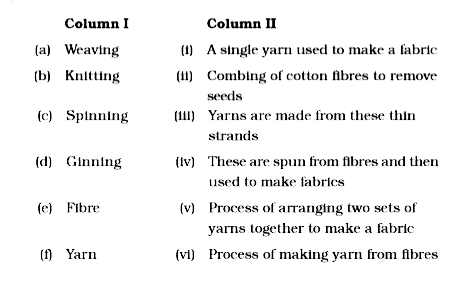 View Solution
View SolutionMatch the statement given in Column I. with the phenomenon given in column II.
View Solution

